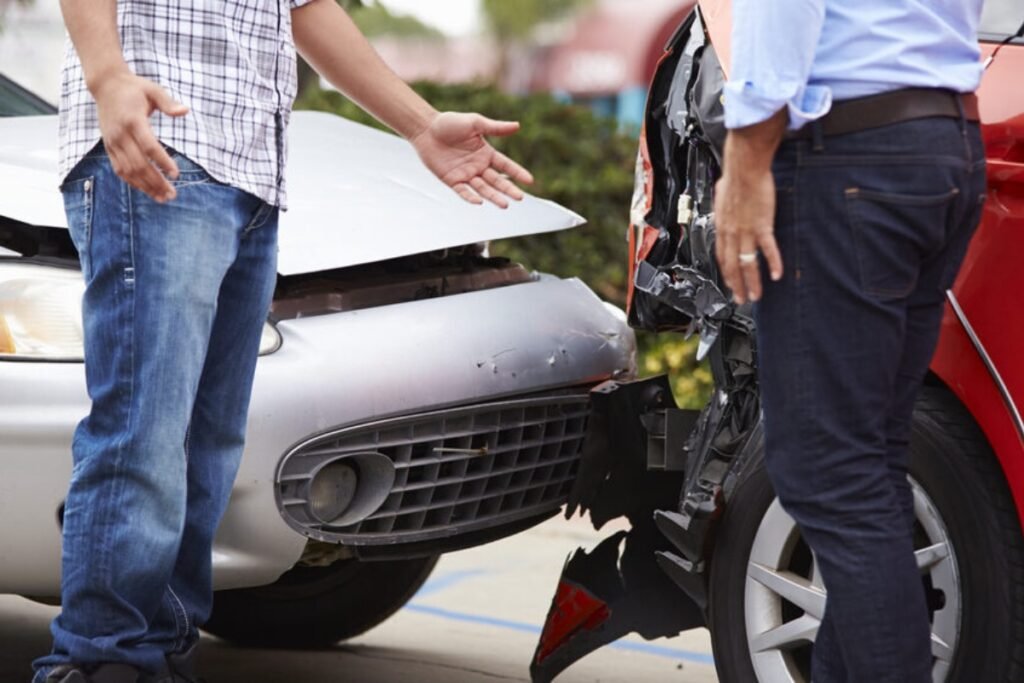Motor vehicle accidents are a leading cause of injury and death worldwide, and determining liability—or who is legally responsible for the accident—can be a complex and crucial part of the claims process. Understanding who is liable for a motor vehicle accident is vital for pursuing compensation for injuries, damages, or lost wages. Whether you were involved in a fender bender, a more serious crash, or a multi-vehicle pile-up, understanding the nuances of liability in motor vehicle accidents will help you navigate the aftermath effectively.
What Is Liability in a Motor Vehicle Accident?
In the context of a motor vehicle accident, liability refers to the legal responsibility for causing the accident. If you are injured in a car crash, determining who is at fault is crucial for recovering compensation through insurance or a personal injury lawsuit. Liability could fall on one or more parties, depending on the circumstances of the crash.
There are several types of liability that could come into play in a motor vehicle accident:
Negligence: The most common basis for liability in car accidents. Negligence occurs when a driver fails to exercise reasonable care, resulting in an accident. This could include distracted driving, speeding, running a red light, or failing to yield.
Strict Liability: In some cases, even if a driver was not negligent, they may still be held liable under strict liability laws. This typically applies to cases involving defective vehicles or parts.
Vicarious Liability: In certain situations, an employer may be held responsible for an accident caused by an employee driving for work purposes. For example, if a delivery driver causes a crash while on the job, the employer may be vicariously liable.
Who Can Be Held Liable for Your Injuries?
There are several potential parties who could be liable for your injuries following a motor vehicle accident. Determining which party is at fault depends on the details of the accident, including the actions of each party involved.
The At-Fault Driver: Most motor vehicle accidents are caused by the negligence of one or more drivers. If another driver ran a red light, failed to stop at a stop sign, or was texting while driving, they could be held responsible for the accident and your injuries. In these cases, their insurance company may be responsible for covering your medical bills, vehicle repairs, and other damages.
- Contributory vs. Comparative Fault: Some states follow contributory negligence laws, where a plaintiff can be barred from receiving compensation if they are found even partially at fault for the accident. In contrast, comparative fault laws allow for a percentage-based division of liability, meaning you can still recover damages even if you share some responsibility for the crash.
The Vehicle Manufacturer: If the accident was caused by a mechanical failure or defect in the vehicle, the manufacturer or a party responsible for the vehicle’s maintenance could be held liable. For example, a defective brake system or faulty airbags may lead to a catastrophic accident, in which case the manufacturer could be responsible under product liability laws.
The Property Owner: If your accident occurred because of hazardous road conditions (such as poorly maintained roads, lack of signage, or an unlit street), the property owner or government entity responsible for road maintenance could be held liable. In some cases, a personal injury lawsuit can be filed against a city, county, or state government if the road conditions were a direct cause of the accident.
The Employer: As mentioned, in cases where an employee causes an accident while performing their job duties, the employer could be held vicariously liable. This often applies to commercial vehicle drivers, such as truck drivers or delivery drivers, who cause accidents while on duty.
Other Drivers or Pedestrians: If your accident was the result of reckless driving or road rage by other drivers, or if pedestrians were jaywalking or otherwise creating a dangerous situation, they could share or bear full responsibility for the crash.
Proving Liability in Motor Vehicle Accidents
To pursue compensation for your injuries, you must prove that someone else was at fault for the accident. This is a crucial step in the claims process, whether you’re dealing with an insurance claim or preparing for a personal injury lawsuit. The following evidence can help establish liability:
Police Report: A police report is an essential document that can help prove who was at fault in the accident. Officers will document the facts of the incident, speak to witnesses, and sometimes issue citations, all of which can support your case.
Witness Statements: If there were any witnesses to the accident, their testimony can be crucial. Witnesses can provide an impartial account of what happened, especially if there is a dispute over fault.
Traffic Camera Footage: In some areas, traffic cameras or surveillance footage from nearby businesses may capture the accident, providing crucial evidence regarding who caused the crash.
Photographs: Taking photos of the scene, vehicle damage, injuries, and any hazardous conditions can help corroborate your version of events. Clear photographic evidence is often a strong tool in proving liability.
Expert Testimony: In some cases, expert testimony may be required to establish the cause of the accident. This could involve accident reconstruction specialists, medical professionals, or engineers, depending on the circumstances.
What to Do if You Are Injured in a Motor Vehicle Accident?
If you are injured in a motor vehicle accident, there are several immediate steps you should take to ensure that your rights are protected and that liability is properly established:
Seek Medical Attention: Always see a doctor after an accident, even if you feel fine initially. Some injuries, such as whiplash or internal bleeding, may not show immediate symptoms.
Document Everything: As soon as possible, write down the details of the accident, including the location, the weather conditions, the other driver’s actions, and anything else that seems relevant.
Contact a Personal Injury Lawyer: A personal injury lawyer can help you navigate the complex legal process, gather evidence, and ensure that you are fairly compensated for your injuries. They will be able to assess liability, advise you on your legal options, and represent your interests in court if necessary.
Contact Insurance Companies: Report the accident to your insurance company, but be cautious when talking to the other driver’s insurer. Avoid admitting fault, and consider having your lawyer communicate with the insurance adjusters on your behalf.
Conclusion
Determining liability in motor vehicle accidents is key to understanding who is responsible for your injuries and ensuring you receive proper compensation. Whether it’s another driver, a vehicle manufacturer, a property owner, or even an employer, establishing fault is essential for filing an effective insurance claim or pursuing a personal injury lawsuit. By documenting the accident, gathering evidence, and consulting with a qualified personal injury lawyer, you can ensure that your rights are protected and that you receive fair compensation for your injuries.

